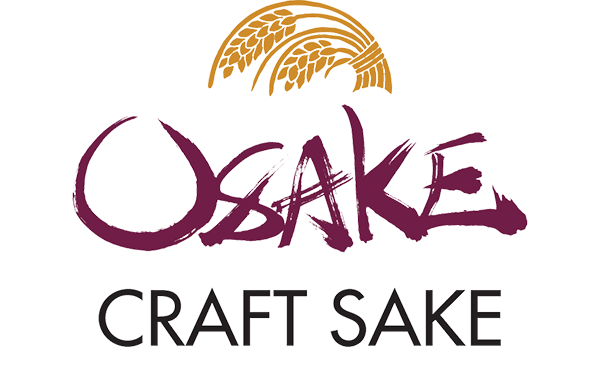We use cookies to optimize your experience, analyze traffic, and personalize content. To learn more, please visit our Privacy Policy.
By using our site without disabling cookies, you consent to our use of them.
Japan’s national beverage, sake, has played a pivotal role in Japanese culture for at least 2,000 years. At Artisan Sakemaker, traditional techniques are combined with a modern wine maker’s approach.
As sake is produced from only three ingredients – rice, water and yeast, each component’s quality and treatment impacts the final product immensely. We produce our sake using a Hokkaido sourced grain; Japan’s northern island is well-known for producing exceptional rice and sake. British Columbia provides plenty of exceptionally clean and soft water, which produces lighter-bodied sake.
Milling and Steaming
After the harvest, the outer layer of the rice grain is gently polished off by a polishing machine. After polishing, the rice is washed thoroughly to remove any rice powder and impurities. In preparation for steaming, the rice is steeped in water. The steaming process softens the grains allowing for the growth of koji.
Koji Making
In the wooden koji room, koji spores convert the starch in rice into sugar. The rice is then laid on wooden trays which are frequently mixed by hand to manage the growth of the koji spores. Once sufficient koji has developed, the rice is dehydrated.
Mixing and Fermentation
The completed koji is then placed into the water along with the yeast starter; here, sugar is converted into alcohol. The resulting mixture is known as moto. Moto is then placed in fermentation tanks with additional steamed rice and water. Here temperature and timing is carefully controlled to produce the desired style of sake.
Pressing
After fermentation, the mixture is hand pressed to release a clear liquid that will then be pasteurized and matured in stainless steel tanks for some time before bottling.

